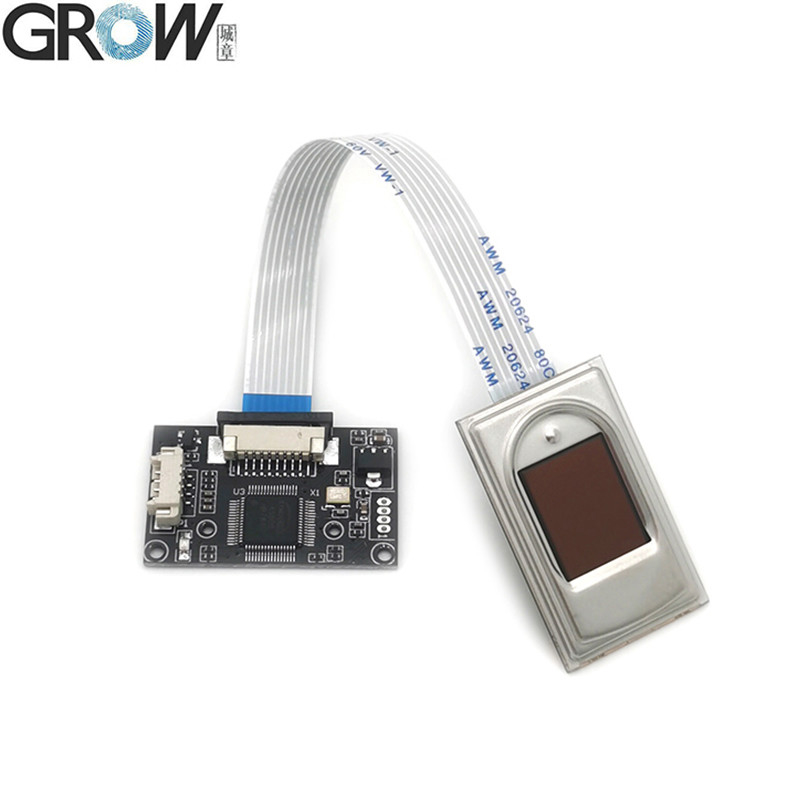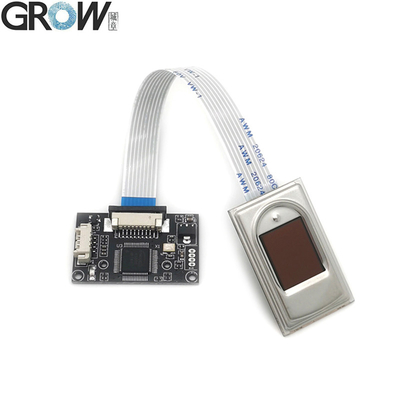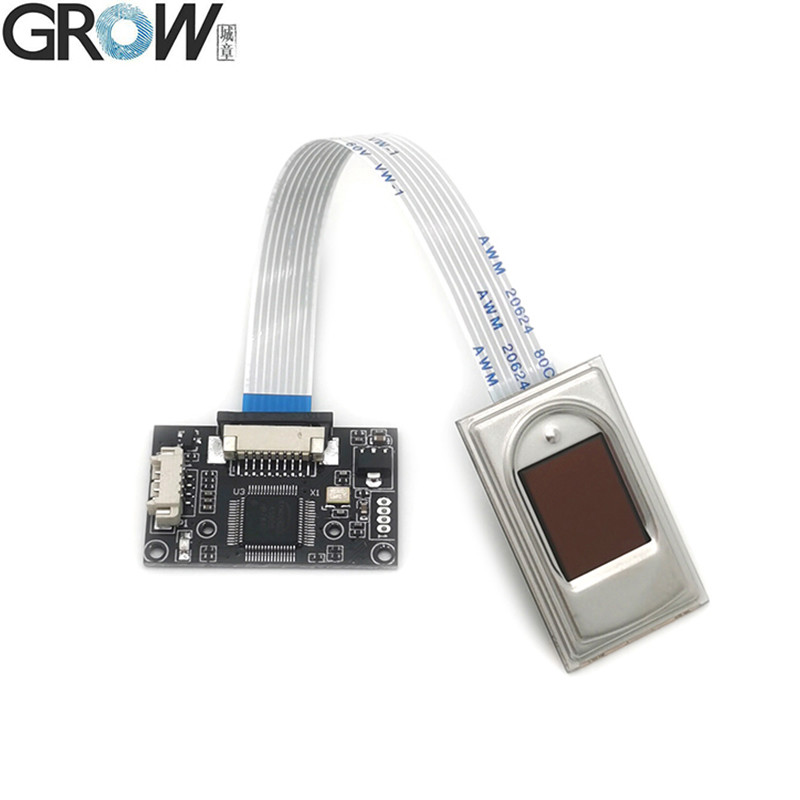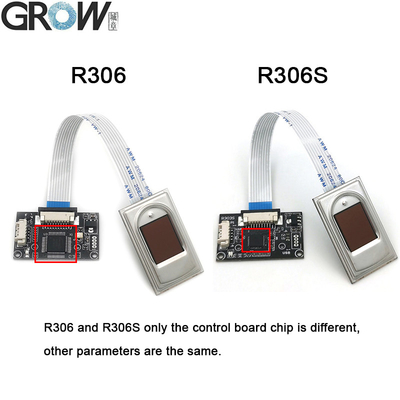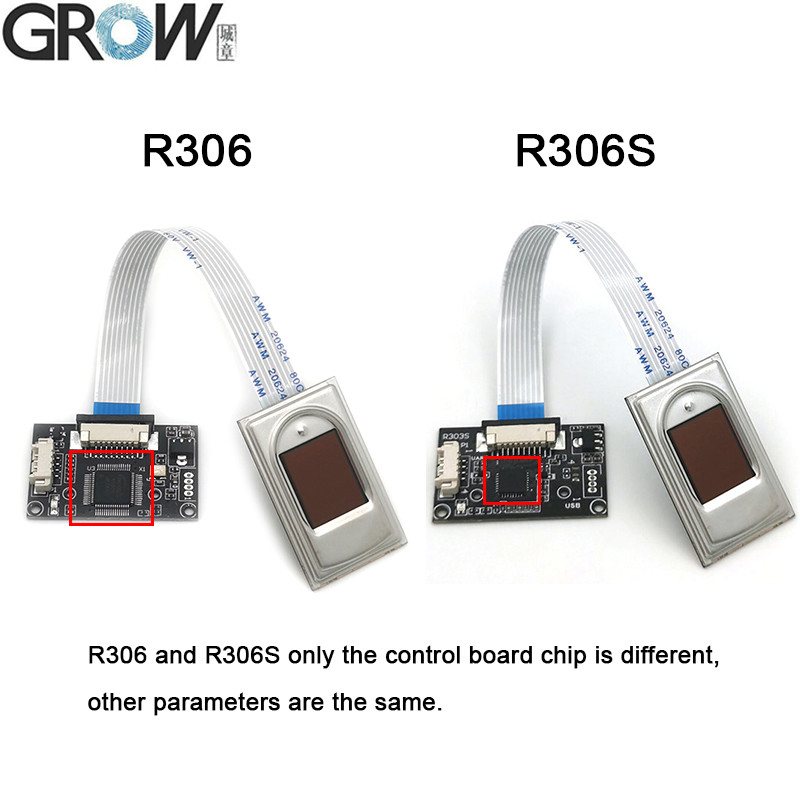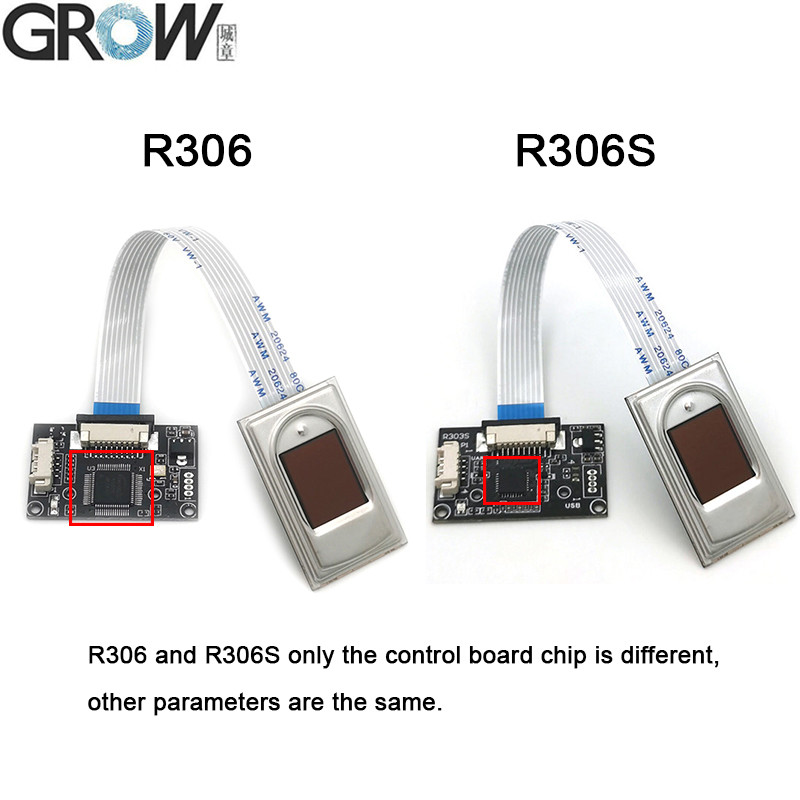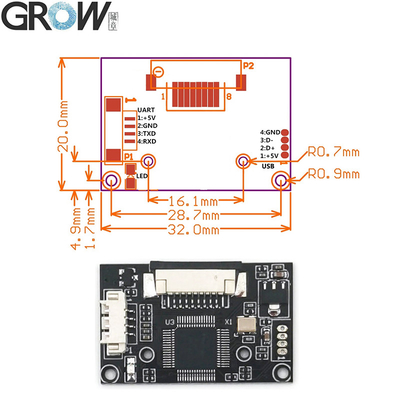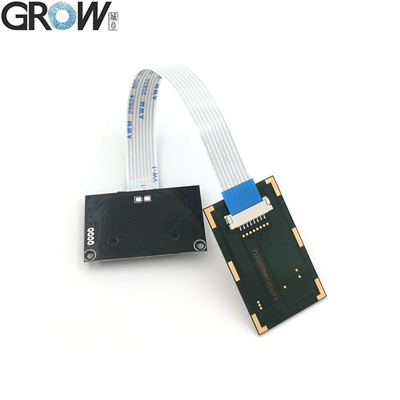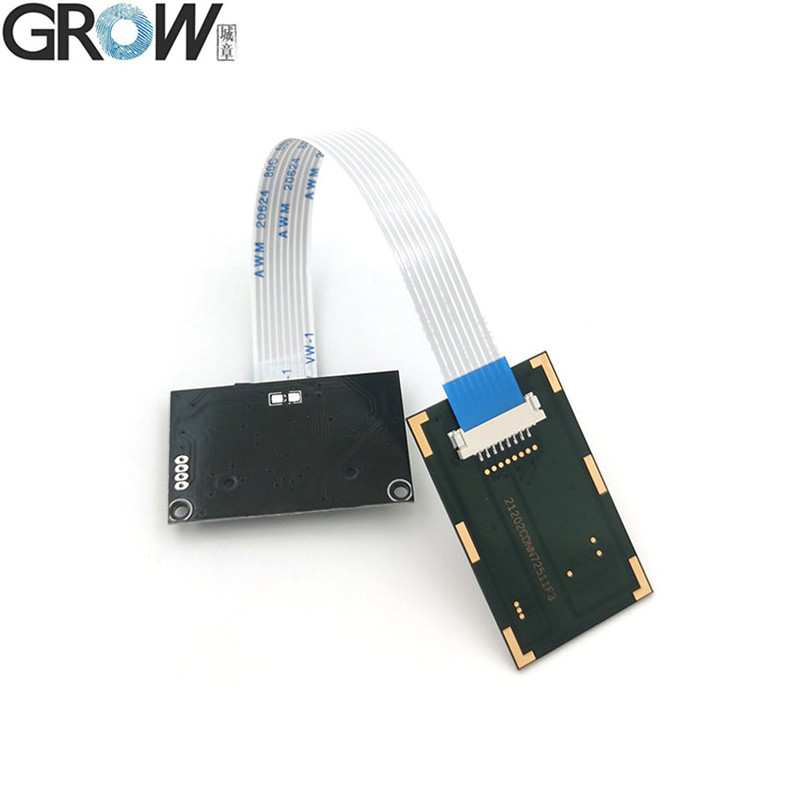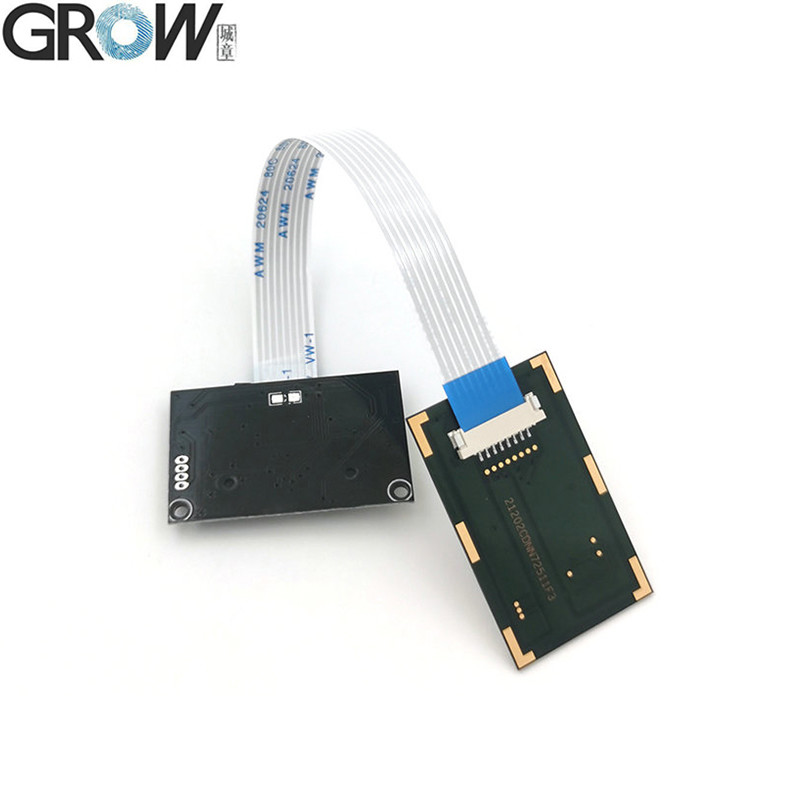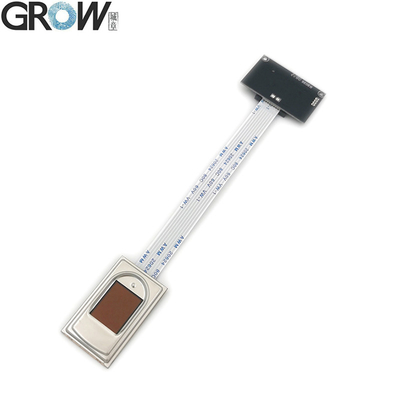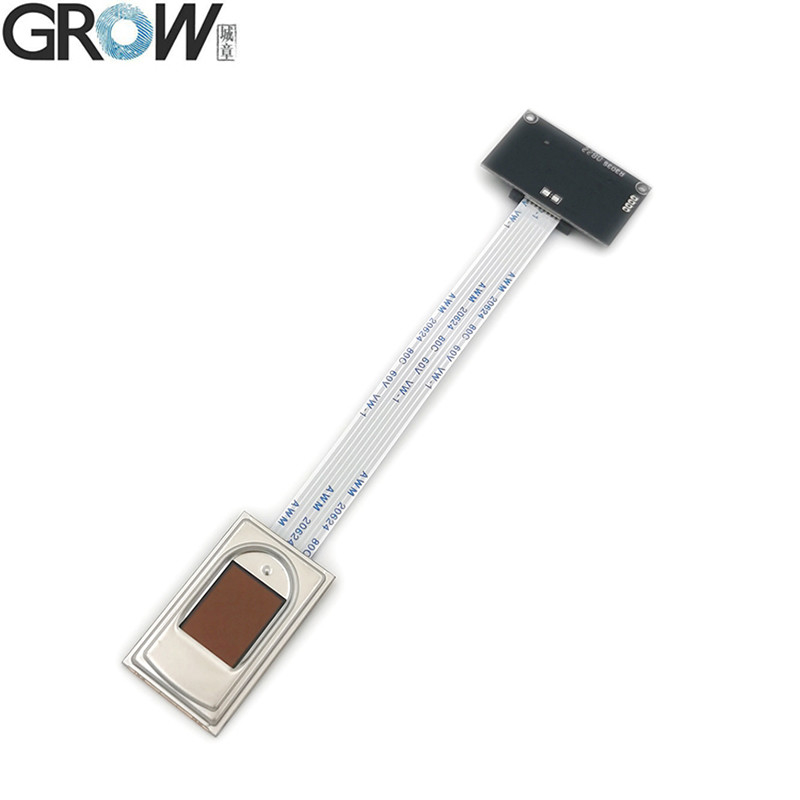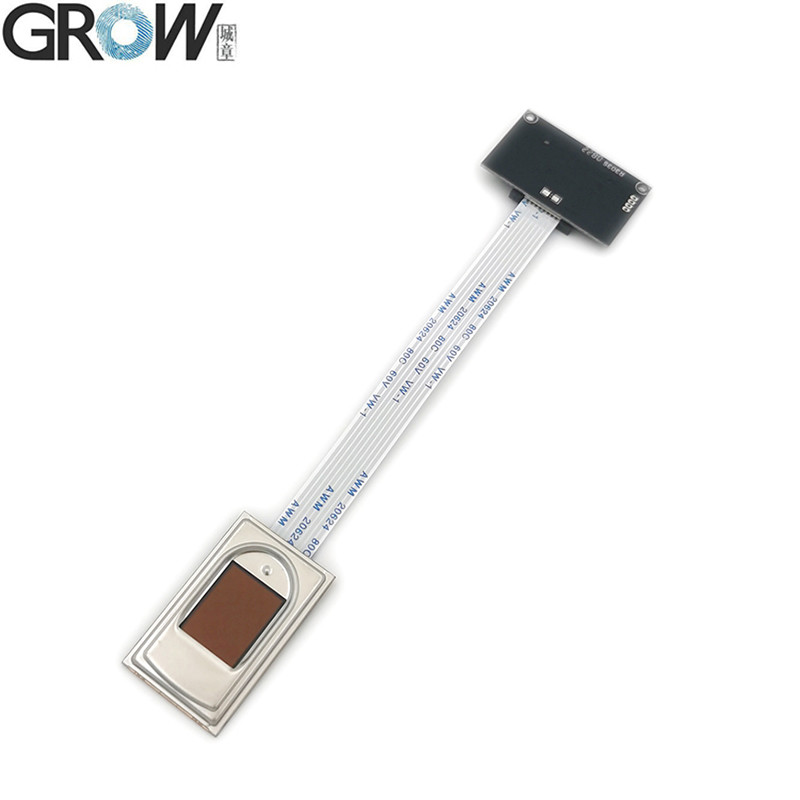
Description
·Communication interface : USB and UART
·1:N Identification (One-to-Many)
·1:1 Verification (One-to-One)
·High speed fingerprint identification algorithm engine
·Self study function
·Fingerprint feature data read/write functions
·Get Feature Data of Captured fingerprint and Verify/Identify Downloaded Feature with Captured
·Fingerprint Identify Downloaded Feature with Captured fingerprint
·Security Level setting
·Able to set BaudRate/ Device ID/Device Password
·Operating system:Windows 98, Me, NT4.0, 2000, XP,WIN 7 or Android
Specifications
|
Power
|
DC 4.2V-6.0V
|
Interface
|
UART(TTL logical level)/ USB 2.0
|
|
Working current
|
40mA
|
Matching Mode
|
1:1 and 1:N
|
|
Peak current
|
55mA
|
Sensing Array
|
152*200 pixels
|
|
Resolution
|
363 dpi
|
Average searching time
|
< 0.2s (1:1000)
|
|
Baud rate
|
(9600*N)bps,
N=1~12 (default N=6)
|
Character file size
|
256 bytes
|
|
Image store time
|
<0.1s
|
Template size
|
512 bytes
|
|
Storage capacity
|
1000
|
Security level
|
5 (1, 2, 3, 4, 5(highest))
|
|
FAR
|
<0.0001%
|
FRR
|
<1%
|
|
Working environment
|
Temp: -20ºC- +45ºC
|
Storage environment
|
Temp: -40ºC- +55ºC
|
|
RH: 10%-85%
|
RH: <85%
|
|
Window dimension
|
11mm*15mm
|
Sensor Size
|
33.4*20.4mm
|
Files
·All fingerprint module support with Arduino, Android, Windows, Linux, .Net and so on.
·Provide Free SDK Files
·Provide User Manual
How to use the fingerprint scanning module correctly to maximize its performance?
The fingerprint scanning module, as an efficient and convenient identity verification tool, has been widely used in various security systems, such as access control, mobile payment, and personal information protection. In order to fully utilize its performance, ensure accuracy and safety, we need to follow a series of correct usage methods and precautions. The following will elaborate on how to correctly use the fingerprint scanning module to achieve optimal results.
Firstly, keeping your fingers clean and dry is the foundation. Before using the fingerprint scanning module, please make sure that there is no oil, sweat, dust, or other contaminants on your fingers. These impurities not only reduce the clarity of fingerprints, but may also affect the recognition ability of the scanning module. Therefore, it is recommended to gently wipe your fingers with a clean tissue or soft cloth before use to ensure that your fingerprints are clear and visible. Meanwhile, avoid using cleaning agents containing alcohol or other chemical components to prevent damage to the lens or sensor of the scanning module.
Secondly, the correct operating posture is equally important. Place your fingers flat on the scanning module, avoiding using areas with fewer fingerprint features such as fingertips or knuckles. Usually, the area between the first joint of the finger and the fingertip is the most suitable for scanning because this area has the richest fingerprint features. When placing fingers, gently apply pressure to ensure that the fingerprint is in full contact with the scanning module. Keep your fingers still until the scan is complete to avoid recognition failure due to movement or shaking.
In addition, to improve recognition rate, it is recommended to input fingerprints of the same finger from multiple angles and directions as much as possible when entering fingerprint information. In this way, even if there is a deviation in the placement position or angle of the fingers in actual use, the accuracy of recognition can still be improved. Meanwhile, if possible, multiple fingerprints can be recorded to increase the flexibility and reliability of verification.
Maintaining the cleanliness of the scanning module is equally crucial in daily maintenance. Regularly wipe the lens and sensor of the scanning module gently with a soft dry cloth or specialized cleaning tool to avoid the accumulation of dust and dirt. Avoid using rough fabrics or chemical cleaners to avoid damaging the surface of the scanning module or affecting its performance.
Additionally, it is worth noting that the performance of the fingerprint scanning module may also be affected by environmental factors. For example, extreme temperatures, humidity, or electromagnetic interference may have adverse effects on the recognition ability of scanning modules. Therefore, when using fingerprint scanning modules, it is advisable to avoid exposing them to harsh environments as much as possible to ensure their stability and reliability.
Finally, to ensure security, it is recommended to combine other authentication methods such as passwords, PIN codes, or biometric recognition when setting up a fingerprint verification system. In this way, even if the fingerprint scanning module malfunctions or is cracked, the security of the system can be ensured through other means.
In summary, the correct use of fingerprint scanning modules requires attention to finger cleanliness and dryness, correct operating posture, multi angle fingerprint information recording, regular maintenance, and avoiding the impact of environmental factors on performance. By following these recommendations, we can fully leverage the performance of the fingerprint scanning module to ensure the accuracy and security of identity verification.

 Your message must be between 20-3,000 characters!
Your message must be between 20-3,000 characters! Please check your E-mail!
Please check your E-mail!  Your message must be between 20-3,000 characters!
Your message must be between 20-3,000 characters! Please check your E-mail!
Please check your E-mail! 

